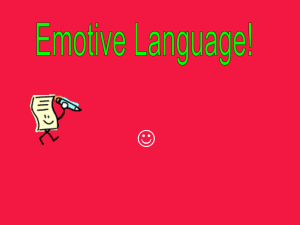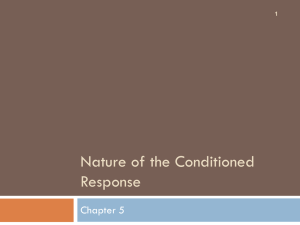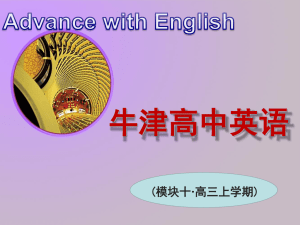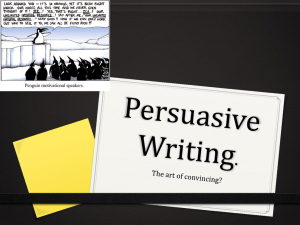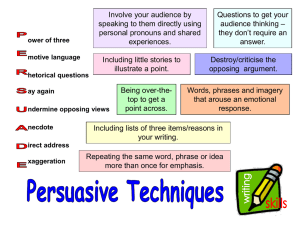Emotive Language: Definition, Examples & Analysis
advertisement
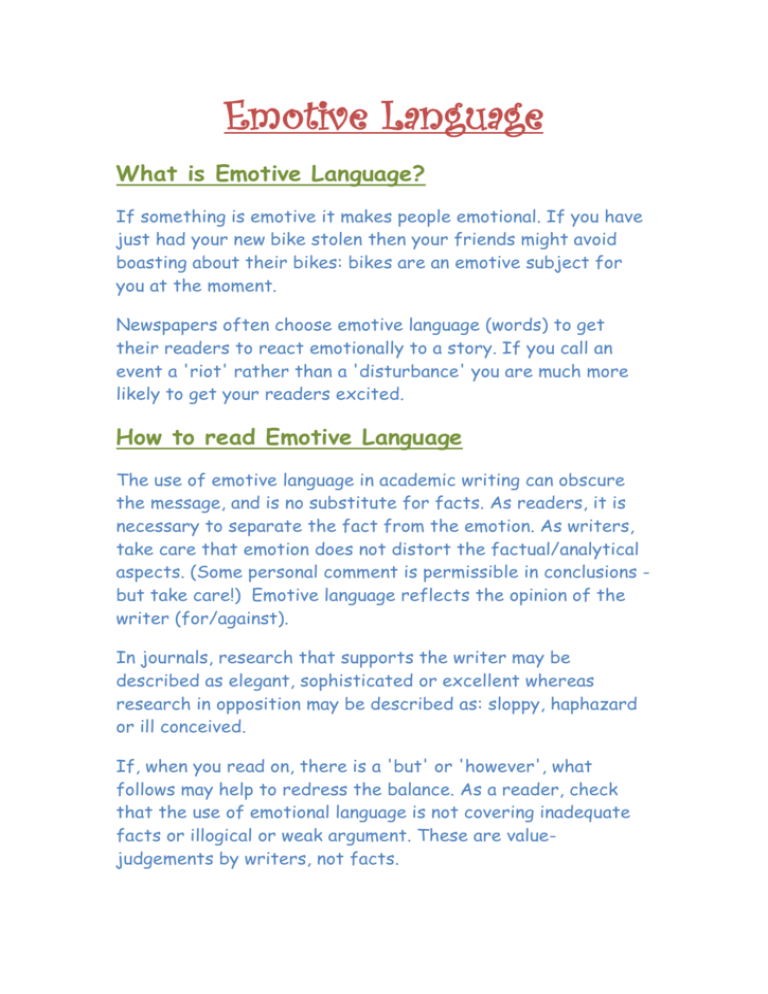
Emotive Language What is Emotive Language? If something is emotive it makes people emotional. If you have just had your new bike stolen then your friends might avoid boasting about their bikes: bikes are an emotive subject for you at the moment. Newspapers often choose emotive language (words) to get their readers to react emotionally to a story. If you call an event a 'riot' rather than a 'disturbance' you are much more likely to get your readers excited. How to read Emotive Language The use of emotive language in academic writing can obscure the message, and is no substitute for facts. As readers, it is necessary to separate the fact from the emotion. As writers, take care that emotion does not distort the factual/analytical aspects. (Some personal comment is permissible in conclusions but take care!) Emotive language reflects the opinion of the writer (for/against). In journals, research that supports the writer may be described as elegant, sophisticated or excellent whereas research in opposition may be described as: sloppy, haphazard or ill conceived. If, when you read on, there is a 'but' or 'however', what follows may help to redress the balance. As a reader, check that the use of emotional language is not covering inadequate facts or illogical or weak argument. These are valuejudgements by writers, not facts. Here are a few hints to help you practice recognising emotive language: When you read any article, it's a good trick to see if you can imagine what it might be like if written by someone who held different views. How could a writer use language to try to sway your emotions so that you come to a different conclusion? Listen to politicians, too! They often use a lot of emotive language to persuade people to agree with their ideas. Emotive Language use in reporting For mass media news to fulfill its purpose as a meaningful source of information, it must be accessible to a wide proportion of the population. The role of emotive or dramatic language in the news is a subtle one – though the story itself may not be dramatised, it may be possible to inject emotive, attention getting language into a story to “liven it up”. This would have benefits in terms of engaging the audiences’ attention and understanding. The criticism of this is that emotive language takes away from the facts of a story and places an interpretative or dramatic angle on the facts, thus skewing the viewers’ perception of events via their emotions. Many items, such as disasters, crime, and so on, do contain emotive content. To remove that content would also be to skew the perception of the realities in the stories. By loading the news items with emotive language, some values are automatically implied on each item, limiting the ways in which it can be interpreted by the audience. Emotive Language is defined as language used by the journalist reporting the story that describes elements of the issue or situation in an emotive manner, particularly language that dramatises or places extreme meanings on the items in which it is used. The words used in such language should be recognisable as those words designed to elicit an emotional reaction from the viewer, and describe the “feelings” of an event, rather than the actual event itself. Examples include: “horrific” accidents, “heroic” actions, “furious” politicians, etc. Here are some examples of emotive language used in newspapers (The part in brackets is the simple english): 1. Scabs thrown out of the union (Strike breakers must leave union) 2. School blaze (Fire at school) 3. Graf magic (Skillful Graf) 4. Stewart agony (Stewart injured) 5. Pensioner hit by muggers (Old man hit by robbers) 6. A hundred peasants slaughtered by troops (A hundred peasants killed by troops) 7. Argument leaves factory gutted (Argument closes factory) 8. Train seats mauled by youths (Train seats cut by teenagers) 9. Real Estate prices plummet throughout the country (House prices fall throughout country) 10. Money deficits result in havoc in schools (Shortage of money creates problems in schools) 11. Player lashes out at umpire (Player hits referee) 12. Political gathering results in riot (Political meeting ends in disturbance) Advertising Advertising is useful to sell products, sell political candidates and ideas, make announcements, and so on persuasion. Ads often exaggerate, mislead and even lie. The psychology of ads is that they play on our fears, desires, prejudices and weaknesses. No expense is spared, and weasel words (fights bad breath, helps control dandruff with regular use, gets dishes virtually spotless) are generously used, especially in the fine print. There are two basic kinds of ads: those that give reasons, and those that do not. All ads are guilty of suppressed evidence; that is, they never give you sufficient information about a product. Ads will never tell you what is wrong with the product (for example, the commonly experienced mechanical problems of a particular model car). Ads give weak promises (your clothes will be "brighter" if you use a particular soap), use vague comparisons (good, better, best), and make illegitimate appeals to the authority of the crowd (most people use the product) or to the authority of a particular individual (Jonty Rhodes for cricket bats). Ads that provide reasons, promise ads, submit reasons for buying the product. They tell us more than that the product exists, but not much more. Usually the promises are vague. Exercises: Below are four pairs of headlines. In each pair which headline is most likely to excite the reader? (a) or (b)? (a) Scabs thrown out of the union (b) Strike breakers must leave union (a) Fire at school (b) School blaze (a) Skilful Graf (b) Graf magic (a) Stewart injured (b) Stewart agony Re-write the headlines below, replacing the words in bold with more emotive words. Man hit by robbers ( Pensioner hit by muggers ) A hundred peasants killed by troops (A hundred peasants slaughtered by troops) Resources: http://library.thinkquest.org/C008200F/page9.htm http://www.newi.ac.uk/englishresources/workunits/ks3/lang media/readallaboutit/yr9readallaboutit2.html Lamya Baghonaim (B) 427201881
